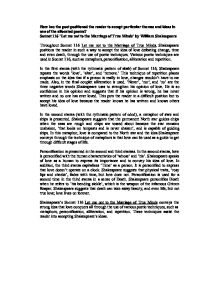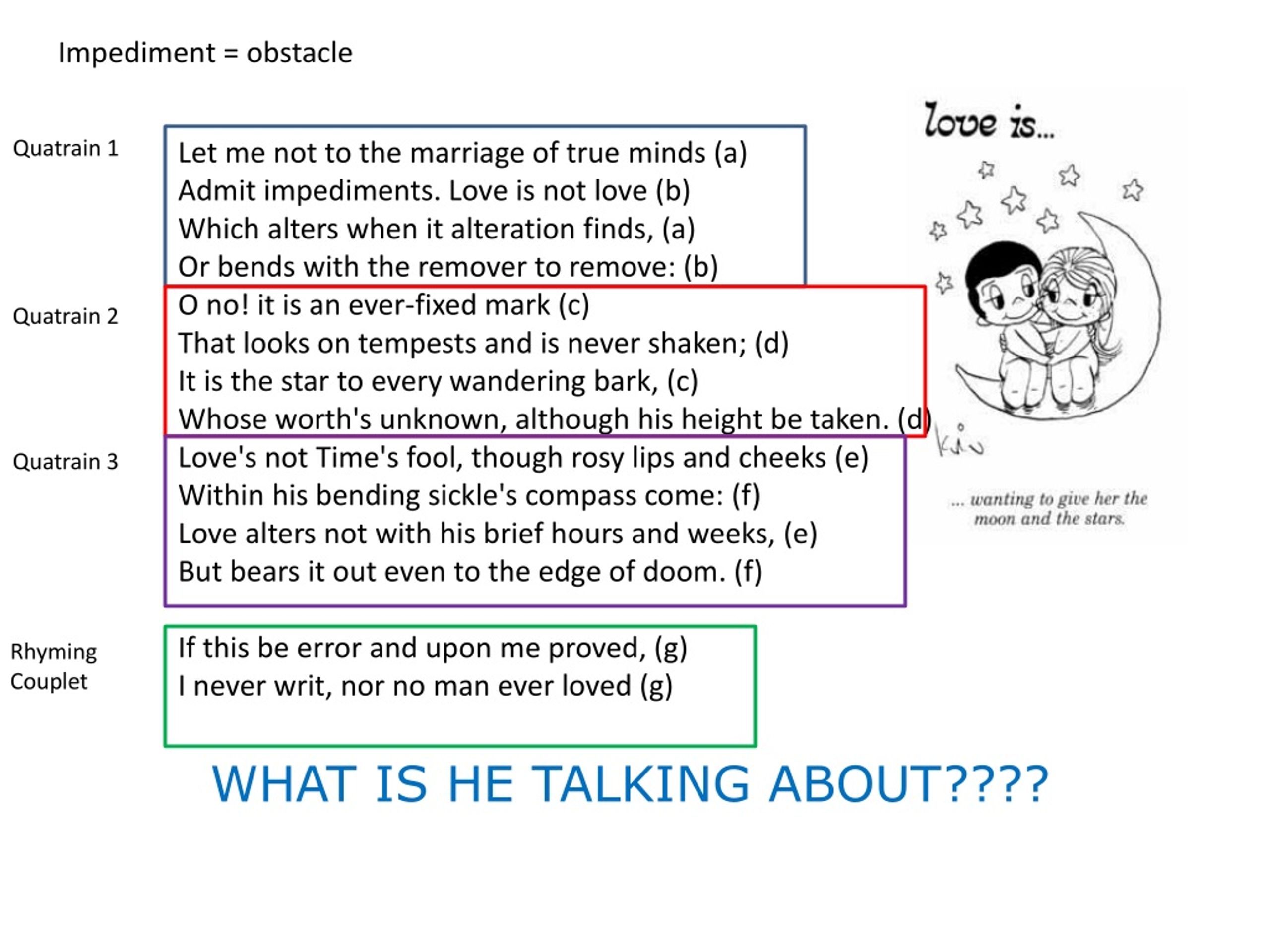

How to Help with Four, Six and Eight Times Tables.How to Improve Kids' Vocabulary in their Writing.How to Revise GCSE and IGCSE English Language and.GCSE Exam Essays Of Mice and Men: Graded with Exam.GCSE Exam Answers To Kill a Mockingbird: Graded wi.What are the best textbooks to revise GCSE English.How to get an A or A* at English Language GCSE: 'c.Maths Help for Age 10-12: Multiples, Factors, Equa.Shakespeare Books for Kids Review: Age 6-9.

How to Learn the Nine Times 9x Table The Easy Way.Help Kids Add and Subtract Numbers Up to Ten.What are Indices or 'Powers'? Numbers Squared, Cub.Numbers Squared, Indices and Times Tables: Maths A.What’s the Best Way For Kids to Learn Maths?.What is the Social and HIstorical Context of Of Mi.GCSE Exam Questions: Social and Historical Context.Model Essay: What is the Importance of Dreams in O.A Better Way to do Presentations than Powerpoint.Visual Guide to Shakespeare For age 8-12.Books to Help with Studying Shakespeare at GCSE.Key Words in Essay Questions: What Do They Mean?.How to Write an Essay: List of Useful Phrases, Com.Words to Learn for the English GCSE Exam: Literatu.Books for Dyslexics, Dyslexic Teens and Reluctant.Get Past Papers and Mark Schemes for All Subjects.Essay on My Father Thought it Bloody Queer, Simon.How to Answer the Extract Question for Of Mice and.How to Revise Poetry: What to Write About.A View From the Bridge: Model Essay Analysis, Extr.Computer Learning Systems Review GCSE English.Analysis of the Character of Caliban in The Tempes.Maths Monsters: Multiplication Help for Age 7-9.How to get Kids Interested in Shakespeare.Exam Questions for Of Mice and Men: Revision Help.Apostrophes: How To Use Them: Let's, I'm, Won't, Y.How Long Will It Take To Learn the Times Tables?.Analysis: How does Simon Armitage Create the Chara.
 Essay on 'Poem' by Simon Armitage, GCSE Analysis. They Do It With Mirrors: Equations for Beginners A. Monstrous Expressions: What to do with 5x²+2x+1+x+. Punctuation Challenge: Could You Do This Simple Sc. Help with Unseen Poetry: First Person, Second, Thi. How Can I Tell if A Poem Is A Dramatic Monologue?. GCSE An Inspector Calls Notes on the Start of the. How to Write About A Play GCSE Exam Revision: An I. Unseen Poetry Help: Topic, Meaning, Theme. GCSE Controlled Assessment Features of Spoken Lang. Poetry Essay, Analysis of A Birthday Christina Ros. Kensuke's Kingdom Island Map Presentation. How Can I Improve My Essay? My Teacher's Comments.
Essay on 'Poem' by Simon Armitage, GCSE Analysis. They Do It With Mirrors: Equations for Beginners A. Monstrous Expressions: What to do with 5x²+2x+1+x+. Punctuation Challenge: Could You Do This Simple Sc. Help with Unseen Poetry: First Person, Second, Thi. How Can I Tell if A Poem Is A Dramatic Monologue?. GCSE An Inspector Calls Notes on the Start of the. How to Write About A Play GCSE Exam Revision: An I. Unseen Poetry Help: Topic, Meaning, Theme. GCSE Controlled Assessment Features of Spoken Lang. Poetry Essay, Analysis of A Birthday Christina Ros. Kensuke's Kingdom Island Map Presentation. How Can I Improve My Essay? My Teacher's Comments.  How do Writers Create Tension and Suspense?. Poetry Analysis, Essay on Hawk Roosting, Ted Hughes. An Inspector Calls Extract Question: How does Prie. Helping Kids with Maths Solving the Impossible. How to Write About the Structure of Regular and Ir. How can Mind Maps Help Revise English? Help for Dy. What is Theme in Literature and Poetry?. Quick Checklist: what to look for in a poem. Analysis of The City Planners by Margaret Atwood a. How to Compare Romeo and Juliet with Sonnets: Use. Dyslexia Help to Learn Spellings: Mind Maps. Using Mind-Maps to Revise: Not Just for Dyslexics. Analysis of Sonnet 116, Let Me Not To The Marriage. RAF5 for Poetry and Non-Fiction: APOSSUM. Though love, of course, is not identical to marriage. It is as if Shakespeare presents his view of love through playing with the words of the Wedding Service. The antithesis, or opposites, used throughout (‘alters not’ … ‘but bears it out’) also suggests the style of the wedding service, ‘for richer or poorer, in sickness and in health’. 'Impediments' suggests problems, and echoes the words of the marriage service, where the priest has to ask if anyone has reasons against the marriage. The start of the poem, ‘admit impediments’, begins the dark tone. Shakespeare immediately puts himself inside the poem from the very first words: ‘Let me not’. The Sonnet is written in the first person. He questions whether the 'love' in question is really true 'love'. In Sonnet 116, Shakespeare presents a personal view of love which is uplifting, but also dark. What View of Love does Shakespeare Present? ’Love’ s not Time’s fool’, love ‘ is the star to every wandering bark’. Metaphor = where the poet suggests a comparison/word-picture that is not literally true.
How do Writers Create Tension and Suspense?. Poetry Analysis, Essay on Hawk Roosting, Ted Hughes. An Inspector Calls Extract Question: How does Prie. Helping Kids with Maths Solving the Impossible. How to Write About the Structure of Regular and Ir. How can Mind Maps Help Revise English? Help for Dy. What is Theme in Literature and Poetry?. Quick Checklist: what to look for in a poem. Analysis of The City Planners by Margaret Atwood a. How to Compare Romeo and Juliet with Sonnets: Use. Dyslexia Help to Learn Spellings: Mind Maps. Using Mind-Maps to Revise: Not Just for Dyslexics. Analysis of Sonnet 116, Let Me Not To The Marriage. RAF5 for Poetry and Non-Fiction: APOSSUM. Though love, of course, is not identical to marriage. It is as if Shakespeare presents his view of love through playing with the words of the Wedding Service. The antithesis, or opposites, used throughout (‘alters not’ … ‘but bears it out’) also suggests the style of the wedding service, ‘for richer or poorer, in sickness and in health’. 'Impediments' suggests problems, and echoes the words of the marriage service, where the priest has to ask if anyone has reasons against the marriage. The start of the poem, ‘admit impediments’, begins the dark tone. Shakespeare immediately puts himself inside the poem from the very first words: ‘Let me not’. The Sonnet is written in the first person. He questions whether the 'love' in question is really true 'love'. In Sonnet 116, Shakespeare presents a personal view of love which is uplifting, but also dark. What View of Love does Shakespeare Present? ’Love’ s not Time’s fool’, love ‘ is the star to every wandering bark’. Metaphor = where the poet suggests a comparison/word-picture that is not literally true.








 0 kommentar(er)
0 kommentar(er)
